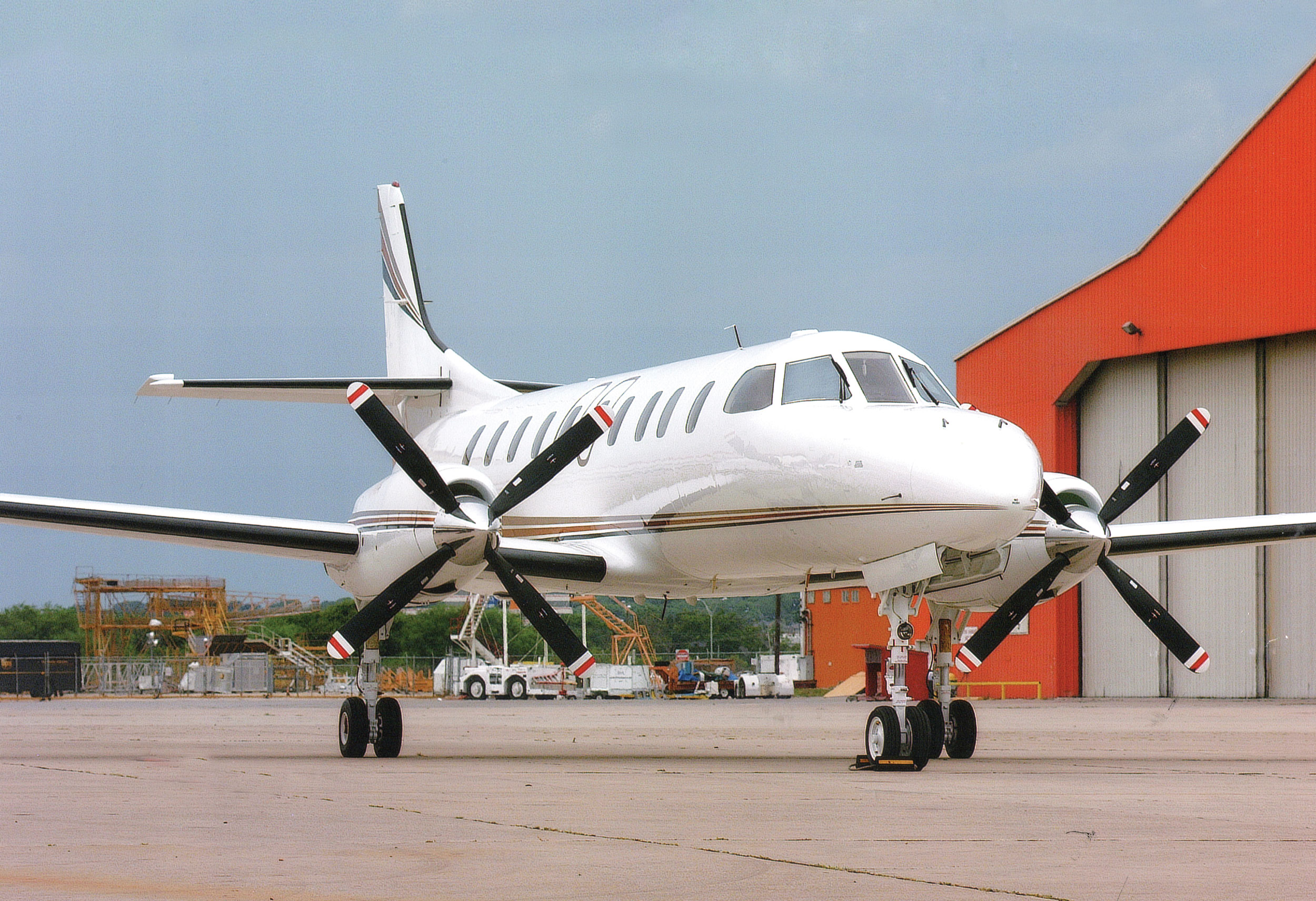elvisAteMySandwich
Pre-takeoff checklist
- Joined
- Jul 23, 2020
- Messages
- 110
- Display Name
Display name:
elvisAteMySandwich
I trained in certificated 172s so my airplane identifier was always something like Cessna 1234A or Skyhawk 1234A when talking to tower or on CTAF. But now I'm looking at an experimental VANS RV. I've heard people use experimental 1234A as well as RV 1234A.
Is one more correct than another? I want to start building good habits from the start.
Is one more correct than another? I want to start building good habits from the start.


